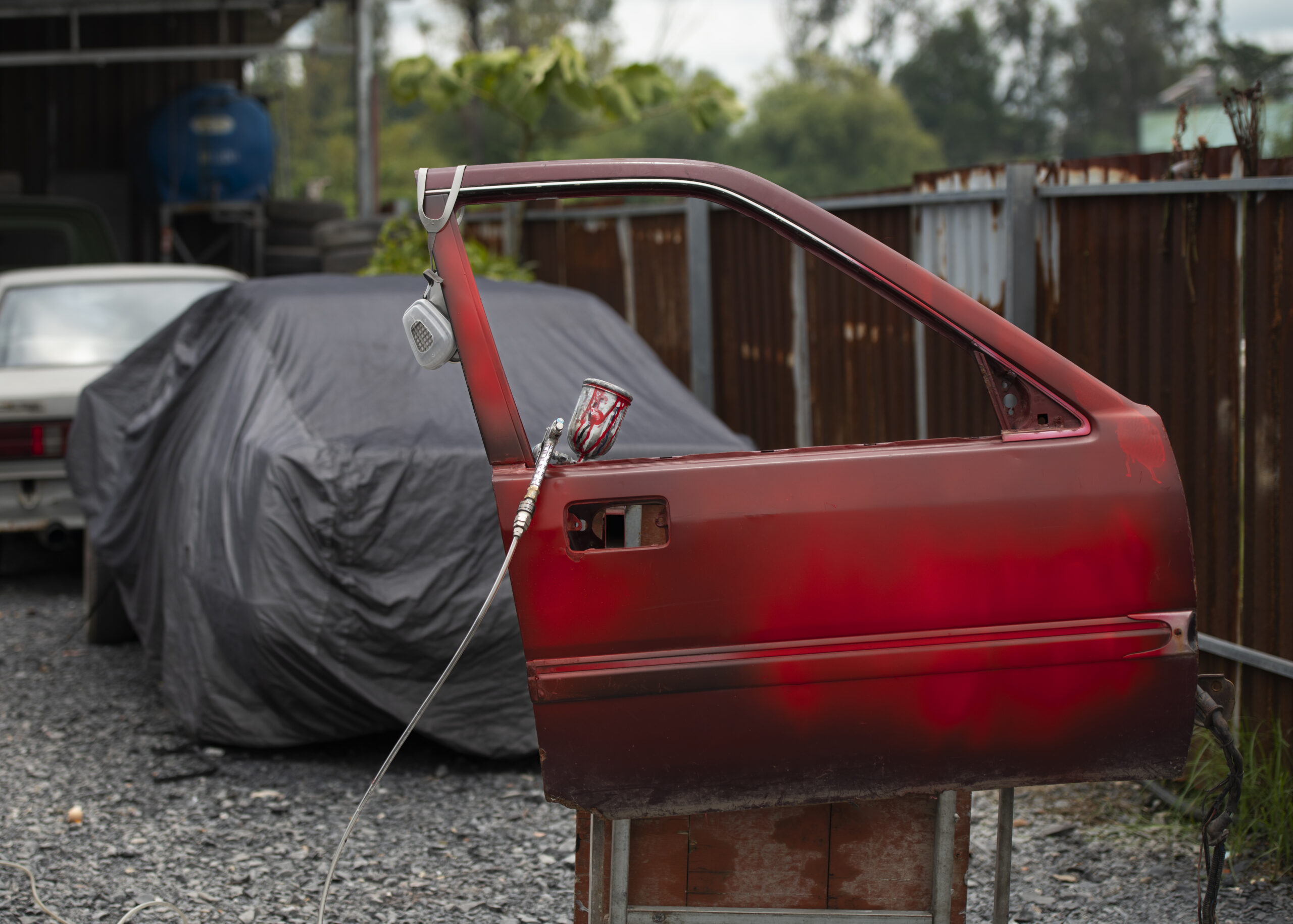For car enthusiasts in South Africa, the allure of buying a project car and restoring it to its former glory can be irresistible. The process of breathing new life into an old or neglected vehicle is not only a passion project but also a way to create a unique and personalized ride. In this case study, we explore the journey of buying a project car and restoring it in South Africa.
- Choosing the Right Project Car: The first step in buying a project car is finding the right vehicle to work on. Consider your budget, available time, and mechanical skills. Look for a car that matches your interests and aligns with your restoration goals. Popular choices among enthusiasts include classic cars, vintage models, and performance vehicles.
- Researching and Inspecting: Before making a purchase, conduct thorough research on the specific make and model of the project car you’re interested in. Learn about common issues, parts availability, and the level of complexity involved in the restoration process. When inspecting the car, evaluate its overall condition, bodywork, interior, engine, and suspension. Consider the extent of work required and whether it fits within your skillset or if professional help will be needed.
- Setting a Realistic Budget: Restoring a project car can be an expensive endeavor. Set a realistic budget that includes the purchase price of the car, restoration parts and materials, and any professional services you might require. Be prepared for unexpected expenses that may arise during the restoration process.
- Planning and Prioritizing: Create a detailed restoration plan outlining the specific repairs, modifications, or upgrades you intend to make. Prioritize tasks based on safety, functionality, and your vision for the finished car. Break the project into manageable stages to keep track of progress and ensure you stay motivated throughout the process.
- Sourcing Parts and Services: Identify reputable suppliers or salvage yards that specialize in providing parts for your project car. South Africa has a thriving classic car restoration community, making it relatively easy to find both new and used parts. Engage with fellow enthusiasts, join online forums, or attend car shows to gather recommendations and insights.
- DIY vs. Professional Help: Decide whether you will undertake the restoration work yourself or seek professional assistance. While DIY restoration allows for a hands-on experience and a sense of accomplishment, some tasks may require specialized skills and equipment. Consulting with professionals or hiring a restoration shop for certain aspects can ensure high-quality workmanship.
- Patience and Perseverance: Restoring a project car is a labor of love that requires patience and perseverance. Challenges and setbacks are inevitable, but staying focused on the end goal will keep you motivated. Celebrate small victories along the way, such as completing a successful engine rebuild or a fresh coat of paint.
- Legal Considerations: Ensure that you comply with all legal requirements during the restoration process. Register the vehicle with the appropriate authorities and ensure it meets safety standards before taking it on the road. Familiarize yourself with the legalities surrounding modifications, engine swaps, and other alterations you plan to make.
- Enjoying the Finished Product: Once the restoration is complete, take pride in your hard work and enjoy the fruits of your labor. Showcase your restored project car at car shows or take it on memorable road trips to fully appreciate the result of your dedication and craftsmanship.
Restoring a project car in South Africa is a fulfilling and rewarding experience for automotive enthusiasts. It allows you to revive a piece of automotive history and create a unique vehicle that reflects your passion and personal style. With careful planning, research, and dedication, the process of buying a project car and restoring it can be a remarkable journey filled with invaluable lessons and a sense of accomplishment.











